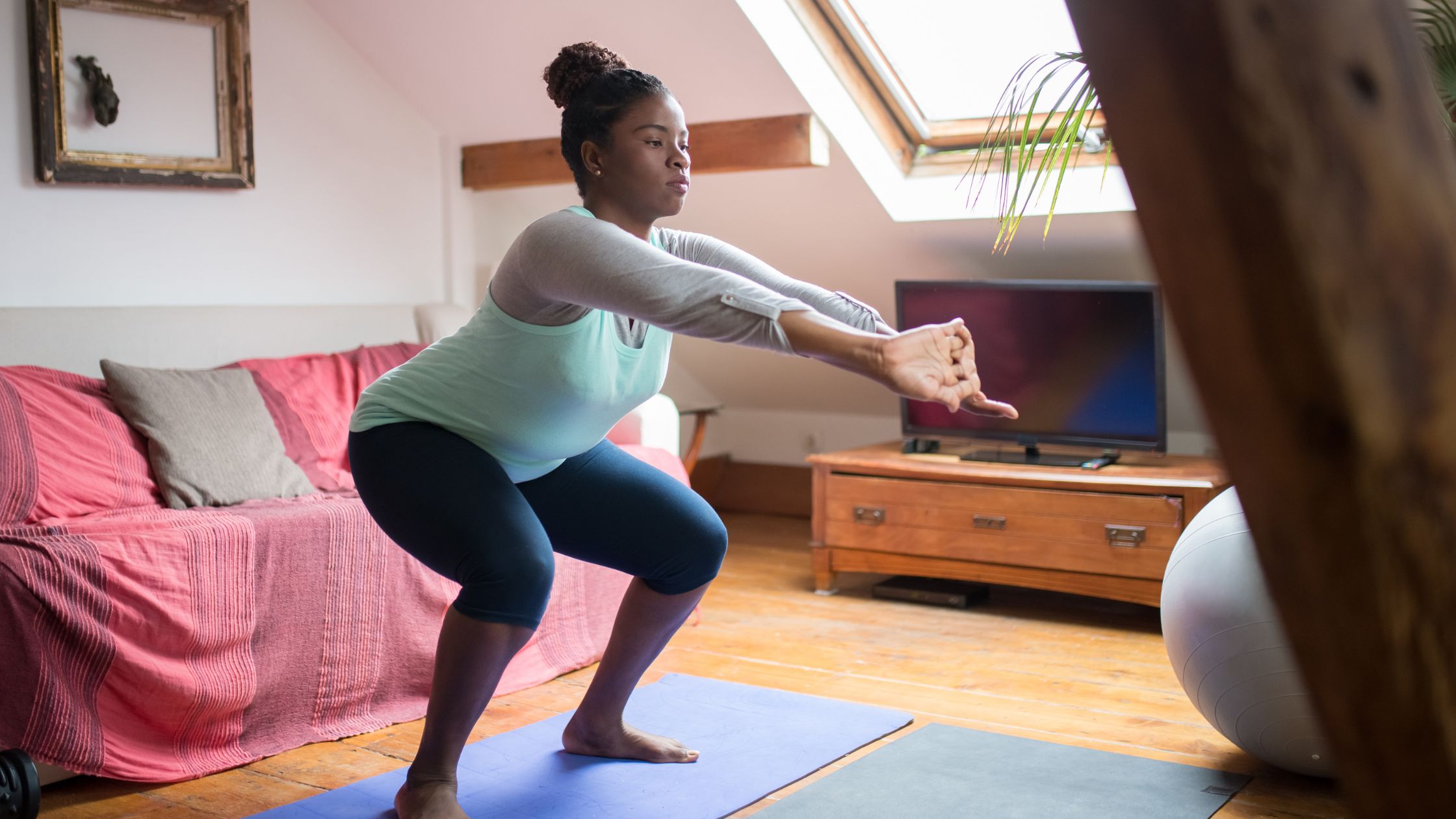10 Benefits of Doing Squats Every Day

Key Takeaways
What are the benefits of doing squats every day?
Squats improve lower body strength, enhance core stability, boost metabolism, aid in weight loss, increase functional fitness, enhance athletic performance, strengthen joints and bones, improve balance, engage multiple muscle groups, and reduce the risk of injury.
If you’re looking for an efficient way to improve strength, enhance fitness, and boost overall health, squats should be a staple in your daily routine. This simple yet powerful exercise provides a full-body workout while specifically targeting your lower body. Whether you’re a fitness enthusiast or just starting your journey, here are ten squat advantages you can enjoy by incorporating this compound exercise into your routine.
1. Builds Lower Body Strength
Squats are one of the best exercises for improving leg strength. They target major muscle groups like the quadriceps, hamstrings, and calves, making them a fantastic way to develop lower-body power. This is why squats are a go-to for leg day! By consistently performing squats, you can increase muscle mass in your lower body, making everyday movements like walking, running, and jumping much easier.
2. Enhances Core Stability
While primarily known for strengthening the legs, squats also engage the core muscles. Keeping your balance while lowering and rising requires significant core activation, leading to improved stability and better posture. A strong core is essential for preventing injuries, especially in the lower back. When you engage your abdominal muscles during a squat, you create a natural support system for your spine, reducing strain and enhancing overall mobility.
3. Boosts Metabolism
Since squats activate large muscle groups, they help increase your metabolism. More muscle mass means your body burns more calories, even at rest, aiding in weight loss and long-term fat management. Compound exercises like squats demand more energy from the body, leading to an increased calorie burn throughout the day. When done with added resistance, such as weights, squats can have an even greater metabolic effect, making them an excellent choice for those looking to shed fat and build lean muscle.
4. Supports Weight Loss Goals
Squats are a high-energy, full-body workout that can help you burn calories efficiently. When combined with a healthy diet and other exercises, daily squats contribute to overall fat loss while toning and defining your lower body. Since muscle burns more calories than fat, building strong leg muscles through squats can accelerate your weight loss journey. Additionally, squats improve circulation, aiding in the breakdown of cellulite and promoting a leaner physique.
5. Improves Functional Fitness
Squats mimic natural movements like bending and lifting, making them essential for everyday activities. By strengthening your muscles and joints, squats improve functional fitness, making daily tasks like walking, climbing stairs, or lifting objects easier. Functional fitness is all about improving movement patterns used in daily life, and squats enhance flexibility and balance, reducing the likelihood of injuries from simple tasks like picking up groceries or getting up from a chair.
6. Increases Athletic Performance
Athletes incorporate squats into their training because they help with power, speed, and endurance. Whether you run, cycle, or play sports, squats can improve your performance by developing explosive strength and agility. Stronger legs mean better performance in nearly every physical activity. Basketball players use squats to improve vertical jumps, runners rely on them for endurance, and football players incorporate them for strength and resilience. If you’re looking to level up in any sport, squats are a must-have in your routine.
7. Strengthens Joints and Bones
Regular squatting helps strengthen not only your muscles but also your joints and bones. This is particularly beneficial for preventing age-related issues like osteoporosis and arthritis, keeping your body resilient as you grow older. The movement of a squat increases bone mineral density, which is crucial for maintaining strong bones as you age. Additionally, squats strengthen the connective tissues around the knees and hips, reducing the risk of injuries that could limit mobility later in life.
8. Enhances Balance and Coordination
Because squats engage stabilizing muscles, they improve balance and coordination over time. This is particularly useful for reducing the risk of falls and injuries, especially as you age. Balance is crucial for overall movement efficiency, and squats force your body to work in harmony to maintain control. As you progress with squats, you’ll notice improvements in your overall movement, making activities like standing on one leg or maintaining posture much easier.
9. Engages Multiple Muscle Groups
Squats are a compound exercise, meaning they work multiple muscle groups simultaneously. From your legs to your core and even your back, squats offer a time-efficient way to train several areas of your body at once. Compound exercises like squats are more effective than isolated exercises because they recruit multiple muscles, making workouts more efficient and productive. Squatting also increases the release of testosterone and growth hormone, both of which are essential for muscle growth and recovery.
10. Reduces Risk of Injury
By strengthening muscles, ligaments, and tendons, squats help prevent injuries in everyday life and sports. A strong lower body supports proper movement mechanics, reducing strain on the knees, hips, and lower back. When performed with proper form, squats can actually improve knee stability and reduce pain associated with weak muscles. Additionally, because squats enhance flexibility and mobility, they contribute to overall joint health and longevity.
Tips for Getting Started with Daily Squats
If you’re new to squats, start with bodyweight squats and gradually progress to weighted squats for added resistance. Focus on proper form: keep your chest up, back straight, and knees aligned with your toes.
To make your squat routine more effective, consider incorporating different squat variations such as:
- Goblet Squats: Holding a weight close to your chest adds resistance and enhances core engagement.
- Sumo Squats: A wider stance targets the inner thighs and glutes more effectively.
- Jump Squats: Great for cardiovascular endurance and explosive strength.
- Bulgarian Split Squats: Excellent for isolating each leg and improving balance.
Final Thoughts
Adding squats to your daily routine provides numerous benefits, from building strength and stability to aiding in weight loss and boosting
FAQ
What happens if you do squats every day?
Daily squats can improve lower body strength, enhance core stability, boost metabolism, and promote overall functional fitness.
Can squats help with weight loss?
Yes! Squats activate large muscle groups, increasing calorie burn and muscle mass, which helps with long-term fat loss.
Do squats improve posture?
Absolutely! Squats engage the core muscles, leading to better posture, stability, and reduced risk of back pain.
Are squats good for joint health?
Yes, when done with proper form, squats strengthen joints, bones, and connective tissues, reducing the risk of injury.
How many squats should I do per day?
Start with 10–20 squats and gradually increase based on your fitness level. Adding variations can maximize benefits.
